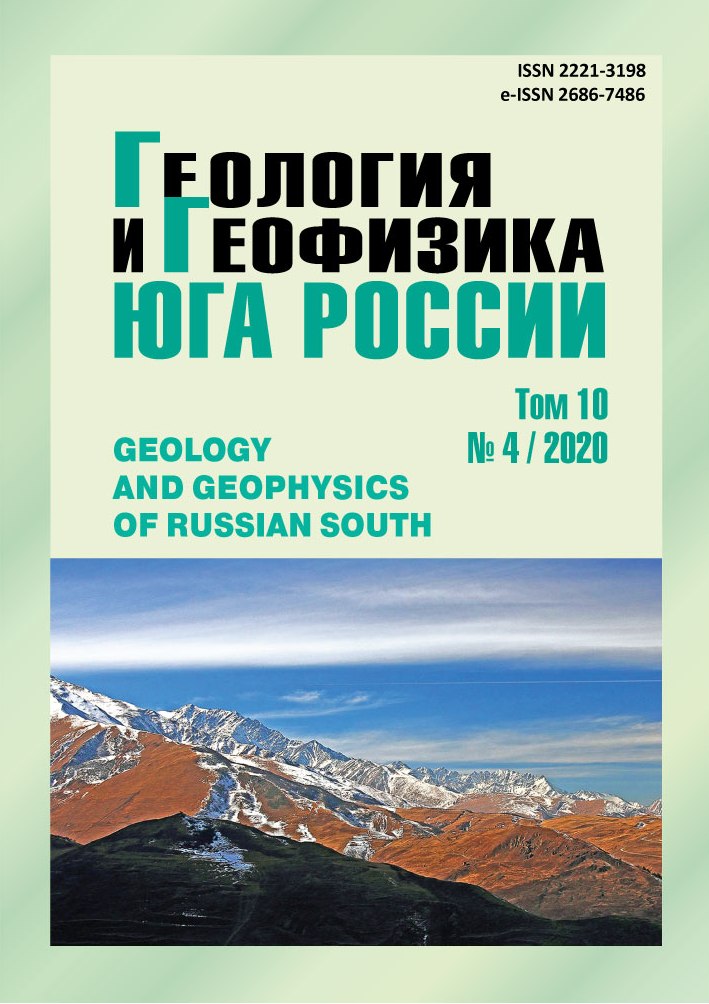Composition and provenance reconstruction of terrigenous deposits in the North-West of South Africa
Abstract
Relevance. The North-West region of the Republic of South Africa was previously not considered to constitute of manganese mineralization of industrial value. However, recently published articles indicated the presence of secondary manganese mineralization in the weathering crust, underlain by the manganiferous Neoarchean dolomites. Manganese mineralization in this region occurs in the form of manganese nodules, powdered manganese wad, and manganese crusts. Manganese nodules are confined to the alluvial part of the ore section known as the «Westwits alluvium» and manganese wad is accumulated in karstic structures formed as a result of near-surface weathering, leaching, and dissolution of underlying manganese-bearing Neoarchean dolomites. Two potential sources of manganese are assumed: the first relates to the dolomites which are located directly under the ore body, and the second relates to the source areas of terrigenous deposits. If the first hypothesis suggests that manganese ore substances were supplied from the underlying dolomites during their weathering, the second option then implies a significant transfer of metal from unknown root sources located at a considerable distance from the area of ore accumulation. Thus, it is necessary to conduct petrographic study to reconstruct their source regions and understand the close relations with Mn mineralization. Aim is to clarify the nature of the manganese-bearing terrigenous deposits «Westwits alluvium» and, most importantly, to determine their root source of supply and the actual mineral composition. Methodology of study includes mainly: petrographic study of rocks, geochemical analyses with the use of XRF and SEM methods, modal compositional analysis of the detrital minerals, and analysis of discrimination diagrams. Results. As a result of the conducted research, it was found that terrigenous grains consist mainly of detrital quartz grains. The content of feldspars, cement minerals and clay minerals seldom exceeds 20%. The classification of terrigenous material based on the calculation of the volumetric percentage of the detrital framework grains: quartz, feldspar, clastic grains of other rocks types (volcanic, igneous and metamorphic rocks), mica, indicated probable source areas of the terrigenous sediments. These include metasedimentary rocks of the Rand Anticline Ridge which is located south of the studied region, and Archean granites, gneisses, and mafic-ultramafic rocks of the Kaapvaal Craton. In the basin of deposition, sedimentation occurred in a lowland plain within tropical region, characterized by moderately humid and sub-humid climatic conditions. These conditions, combined with oxidation and increased pH of the basin waters, contributed to the replacement of detrital grains with manganese dioxide.


